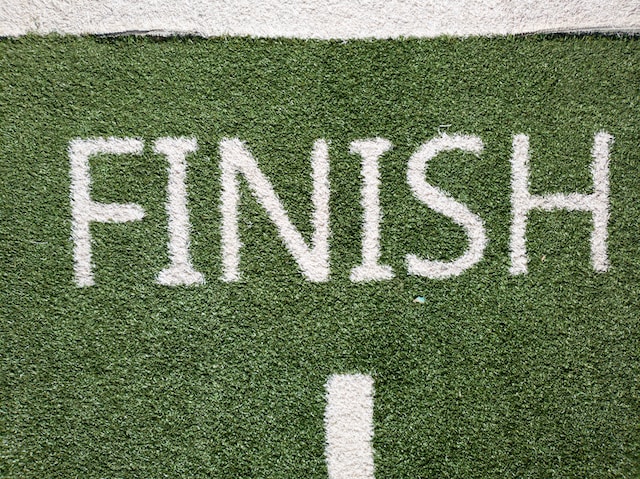Demystifying Surface Finish: A Comprehensive Guide to Ra Surface Finish Chart
Introduction to Surface Finish
Surface finish ra chart plays a vital role in various industries, including manufacturing and engineering. It refers to the texture and quality of a surface, which can greatly impact the functionality, appearance, and performance of a product. One of the commonly used metrics for evaluating surface finish is Ra (arithmetical mean deviation of the surface profile). In this blog post, we will delve into the intricacies of Ra surface finish and explore its significance in the form of an Ra surface finish chart.
What is Ra Surface Finish?
Ra surface finish, also known as arithmetic average roughness, measures the average distance between the peaks and valleys of a surface texture. It provides a numerical value that indicates the roughness or smoothness of a surface. The Ra value is obtained by calculating the average of the absolute values of the deviations of the surface profile from the mean line within a specified sampling length.
Exploring the Ra Surface Finish Chart
The Ra surface finish chart serves as a visual representation of different Ra values and their corresponding surface textures. It typically presents a range of Ra values along with descriptive categories such as rough, medium, fine, or ultra-fine. This chart allows engineers, designers, and manufacturers to compare the expected surface finish of a component with the desired specifications.
Understanding the Measurement Parameters
To fully comprehend the Ra surface finish chart, it is essential to understand the key parameters involved in surface finish evaluation. Ra is just one of several surface roughness parameters, each capturing different aspects of the surface texture. Parameters such as Rz (maximum height of the profile) and Rq (root mean square roughness) provide additional information about the surface quality and can be correlated with Ra values.
Applications of Ra Surface Finish Chart
The Ra surface finish chart finds applications in various industries. For example, in automotive manufacturing, it is crucial for ensuring smooth functioning of engine components, reducing friction, and enhancing fuel efficiency. In the medical field, Ra values are used to evaluate the biocompatibility of implants and medical devices. Additionally, the Ra surface finish chart is relevant in industries such as aerospace, electronics, and precision engineering, where high-quality surface finishes are critical.
Factors Influencing Ra Surface Finish
Several factors influence the Ra surface finish of a component. External factors include the choice of machining process, tool geometry, cutting parameters, and coolant usage. Internal variables such as material properties, surface treatments, and post-processing techniques can also impact the final surface texture. By understanding these factors, manufacturers can optimize their processes to achieve the desired Ra values.
Methods for Achieving Desired Ra Surface Finish
To achieve the desired Ra surface finish chart, manufacturers employ various surface finishing techniques and processes. These may include grinding, polishing, lapping, honing, or chemical etching. Each method has its own advantages and limitations, and the selection depends on factors such as material type, component geometry, and production volume. Additionally, process optimization strategies, such as tool selection, feed rates, and tool path planning, play a crucial role in achieving specific Ra values.
Advancements and Future Trends in Surface Finish Evaluation
As technology advances, new methods for surface finish evaluation continue to emerge. For instance, non-contact optical profilometers and 3D scanning techniques offer higher precision and accuracy in measuring surface roughness. These advancements enable more comprehensive analysis of surface textures, including advanced parameters beyond Ra, such as skewness and kurtosis. Furthermore, the integration of artificial intelligence and machine learning algorithms in surface finish evaluation is on the horizon, allowing for automated surface analysis and optimization.
Conclusion
Surface finish is a critical aspect of product design and manufacturing, influencing performance, functionality, and aesthetics. The Ra surface finish chart serves as a valuable tool for engineers and manufacturers to assess and communicate surface texture specifications. By understanding the principles behind Ra surface finish and its interpretation on the chart, professionals can make informed decisions regarding surface finishing techniques, process optimization, and quality control measures.
As technology advances, the surface finish evaluation landscape continues to evolve, providing more precise and comprehensive methods for analyzing surface roughness. It is important for industry professionals to stay updated with the latest trends and advancements to leverage these tools effectively. By embracing the power of surface finish evaluation, manufacturers can enhance product quality, meet customer expectations, and gain a competitive edge in their respective industries.
